Are you fed up with hearing the word “Green”? Are you ready to put a code proposal in to change the green conductors to yellow? Are you purposely drinking out of Styrofoam cups? Are you driving a vehicle with your catalytic converter removed? Even if all of this fits your position on Green, it is important to understand what it means, why it’s here and how it may impact the next job site we visit and have to inspect. Green is a hot topic and has been for a while. Green topics will probably be as such for some time to come. Whether you are watching HGTV, shopping at a grocery store, or working on projects for a client, you are getting hit with the green message from all angles. It can be overwhelming.
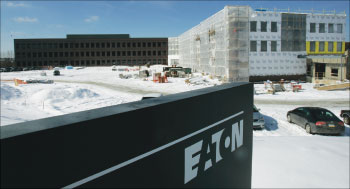
Photo 1. LEED GOLD FACILITY EXPANSION PROJECT. Eaton Corporation’s Electrical Group headquarters LEED Gold Facility Expansion Project included the addition of more than 250,000 square feet. Achieving LEED Gold was an objective from the beginning for not only the savings but also as an example to industry of the importance of sustainable designs. This project achieved 39 points earning a LEED Gold rating.
Isn’t Green Just Another Color?
You will hear various terms thrown around when it comes to this topic. Green is a big label butsustainabilityis taking its place. So what exactly are we talking about? Merriam Webster definessustainableas “of, relating to, or being a method of harvesting or using a resource so that the resource is not depleted or permanently damaged.” The most widely quoted definition internationally is the “Brundtland definition” of the 1987 Report of the World Commission on Environment and Development — sustainability means “meeting the needs of the present without compromising the ability of future generations to meet their own needs.” The EPA web site is a great resource for a lot of background information and history of sustainability.
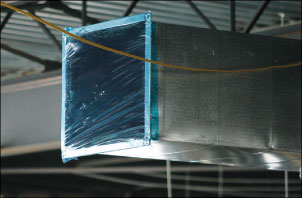
Photo 2. INDOOR ENVIRONMENTAL QUALITY (IEQ). Construction Indoor Air Quality Management Plan – During Construction and Before Occupancy IEQ Credits 3.1 and 3.2 respectively. Indoor air quality is very important during construction and through all phases. HVAC ducts are protected during construction, special filtration (MERV 8) is utilized as per strict SMACNA Guidelines prior to occupancy and during construction and the space is flushed of air before occupancy. The Eaton Gold Project included flushing the entire space with a minimum of 3,500 cu. ft. of outdoor air per sq. ft. of floor area. Following occupancy, the space was ventilated at a specified rate until a total of 14,000 cu. ft. / sq. ft. of outside air was delivered to the space.
Sustainability is a term that can be associated with many aspects of our lives from materials selected for a project to the daily activities of office and home. Some businesses are adopting these concepts to help improve their bottom line and help them or their products differentiate themselves in the market. These organizations, in some cases, create a way of living that helps their employees think about things differently. We begin to be concerned about working more efficiently. We begin to make smart choices at work that will flow over to our home life. Walk around your home and count how many instances where you are taking actions that help the environment. You may be surprised at what you find.
- Aeration in faucets reducing water usage
- Low volume shower heads
- Recycling
- Insulation in walls, floors, ceilings, and around the hot water tank
- Cleaning products advertised as environmentally friendly
- Car pooling
- Lighting control – technology or personal due diligence of simply turning the lights off when you leave the room.
There are many items that we employ in our home for the sole purpose of protecting the environment. Maybe some of these items are being done for other financial reasons. This may help us understand the value in adopting sustainable solutions and practices. Saving water usage saves money in your water bill. Reducing your energy usage by shutting lights off and controlling the thermostat puts money into your account and not the local utilities account. Car-pooling helps you save gas, which saves money. These activities translate into dollars for you, and they translate into dollars for companies and organizations as well who adopt green practices and focus on sustainable designs. In addition to reducing energy usage, water usage, and other valuable qualities in a building built with green / sustainability in mind, there is the marketing and sales value that is added. Building owners will seek out green standards and design certifications to give their building a differentiator in the marketplace. Product manufacturers do the same. In some cases, a building or a space for rent will have a better chance at gaining a tenant when its environmentally friendly nature is advertised. There are those that seek these facilities for many different reasons. For example, if your organization claims to be a leader in environmental designs, the space you seek should be one that is in line with your company’s profile.
There are many reasons to design a building with sustainability in mind but the most compelling reasons are those that the U. S. Green Building Council (USGBC) published on this topic. The USGBC reports that the environmental impact on building design, construction and operations is enormous. Some of the statistics can be quite staggering:
- Buildings annually consume more than 30% of the total energy in the U. S.
- Buildings annually use more than 60% of the electricity in the U. S.
- 2006 saw a 30% increase over 1990 levels of carbon dioxide production. The commercial building sector produced more than 1 billion metric tons of carbon dioxide.
- 5 billion gallons of potable water are used solely to flush toilets daily.
- 1.6 pounds of solid waste per employee per day are generated by a typical north American commercial building
Buy Me I’m Green
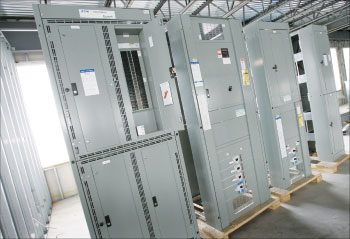
Photo 3. Energy & Atmosphere (EA).Onsite energy performance, Measurement and Verification and Green Power, Credits 1, 5 and 6 in LEED 2.0 credits.LEED utilized many other standards in the certification process. ASHRAE 90.1-2004, “Energy Standard for Buildings Except Low-Rise Residential Buildings” is one such document. Projects must demonstrate a percentage improvement in the proposed building performance rating as compared with a baseline building performance rating. The Gold project referenced here showed a performance rating of 14.4%. It was shown that this translates into a yearly savings of more than $38,000 in lighting and HVAC demands. It is important to note that the new LEED 3.0 reference guide places more weight in this area, offering more points for achievements here. This project included the following key technologies:
• Lighting Control: Dimming, on/off cycling
• Drives: Efficiency as key quality saving energy over the usual solutions
• Harmonic Mitigating Transformers: Efficiency through cancelling 3rd harmonic heating currents
• Breakers: More efficient than equivalently sized switch and fuse solutions. Energy and space savings.
• Busway: Lower resistance than cable for equivalently sized systems translates into lower losses
• Capacitors: Reduce current in wires, transformers and breakers
It is easy to make a mistake and erroneously say your activity or your product is green. There are many documented cases where claims were made without good substantiation. You really have to think about what makes your product or your solution green. This is why a good program that covers all of the aspects of sustainability is a must. Third party certification is very attractive, offering the objective perspective to a product, solution, or structure. Many companies employ their own processes that measure their designs and provide the collateral necessary to support the claims of sustainability.
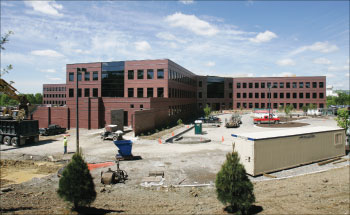
Photo 4. Sustainable Sites. Site Selection, Development Density & Community Connectivity, alternative Transportation: Public Transportation Access and Bicycle Storage and Changing Rooms as well as Low-Emitting Fuel Efficient Vehicles (Prerequisite 1 and Credits 2, 4.1, 4.2 and 4.3 respectively). LEED efforts begin as early as when the developer is looking for a location for the building. Proximity to public transportation and other topics related to transportation are critical. Promoting other forms of transportation such as biking can help the environment. Not to mention the health of your employees. Parking spaces close to the entrances are the reward for car pooling and low emitting and fuel efficient vehicle owners. In addition, this Gold building earned points because of its proximity to a minimum of ten (10) community services and minimum of one (1) residential district, with a minimum density of 10 units per acre. These points ensure the preservation of natural habitat.
There are many third-party solutions for structures in this area but not so many for products. One organization that stands out in this area is the U. S. Green Building Council (USGBC). This organization created a standard for structures to help guide the construction of buildings for a cleaner environment. Leadership in Energy and Environmental Design (LEED) may be familiar to you. There are many LEED buildings from residential to commercial being constructed. LEED projects can be found in all 50 states and in 41 countries. The USGBC reports that as of September 2009, there were 19,063 registered green homes and 3,050 certified homes in the United States. They also report that there were 208 LEED Certified schools and 1611 registered schools in the U. S. This green movement is here and is not going away any time soon. Understanding how this relates to you is important when you are working on a building that is destined to receive LEED certification.
Products are another story. Many companies have their own internal programs that affix a green label to their products. But you can’t beat a third-party certification if it should exist. A program does exist to measure products just like the USGBC LEED program measures buildings. The Institute for Market Transformation to Sustainability (MTS) introduced the Sustainable Materials Rating Technology (SMART) standard. This standard offers a way to eliminate the market confusion when it comes to green. If you are a designer working to achieve points on a LEED project, these products that receive SMART ratings can help you gain more points. These SMART products are recognized by the USGBC in the LEED program. MTS is a nonprofit public collaboration of leading environmental groups, governments and companies. This organization is working to achieve 90% sustainable products market penetration by 2015 through high leverage market measures that include standards, capital markets, business education and consumer engagement. MTS is also an American National Standards Institute-accredited standards developer, and follows the ANSI essential democratic requirements for standards approval.
Green Goggles Required Beyond This Point
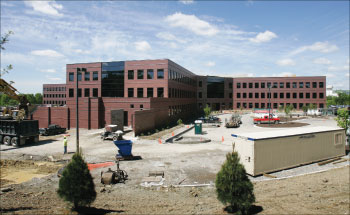
Photo 5. Water Efficiency (WE). Water Efficient Landscaping and Water Use Reduction (Credits 1.1, 1.2, 3.1 and 3.2 as per LEED 2.0). The selection of plant and landscaping as well as decisions made on irrigation techniques can earn points. Some projects will employ methods to use rainwater collection in irrigation or for flushing of water closets and urinals. In this Gold building project, no permanent irrigation system was installed due to the selection of plants and shrubbery. Because of the fixtures used, this project reduced potable water use by nearly 60% from a calculated baseline design through the installation of 1/8 gpf urinals, 1.3 gpf water closets, and 0.5 gpm lavatory and kitchen faucets.
Efficiency in water usage and control is another key area of concern. LEED titled this category Water Efficiency (WE). The desire here is to address environmental concerns relating to building water usage and disposal. The desire is to promote the monitoring of water consumption performance, reduce indoor potable water consumption, reduce water consumption to save energy and improve environmental well-being and water-efficient landscaping practices.
Then there is the energy area that we all get so excited about. Design choices are key in this category that LEED entitled Energy and Atmosphere (EA). LEED sets a focus here around the premise that energy performance of a building depends considerably on its design. The structure’s massing and orientation, materials, construction methods, building envelope, and water efficiency, as well as the heating, ventilation, and air-conditioning (HVAC) and lighting systems determine how efficiently the building uses energy.
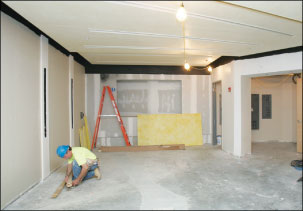
Photo 6. Project Cleanliness. LEED projects are kept clean throughout construction. As a contractor or visitor onsite, your work areas and/or your visit should adhere to the policies. Tracking mud into the job site and leaving construction debris lying around are highly frowned upon. Internal recycling locations may have been established. Use them. Ensure you are up-to-date with project goals.
Reducing waste and improving the building environment through responsible waste management and materials selection is the focus of Materials and Resources (MR). Here the concern is around materials brought into the project building and the minimization of landfill and incinerator disposal for materials that leave the project building. The owner will be selecting sustainable materials, practicing waste reduction, reducing waste at its source, reusing and recycling.
Sustainable sites will also focus on the health of the occupants, safety and comfort. Indoor Environmental Quality (IEQ) provides credits for efforts that address environmental concerns around the quality, comfort, safety, energy consumption, and air quality. Ensuring excellent indoor environmental quality requires the joint efforts of the building owner, design team, contractors, subcontractors and suppliers.
Because these types of systems are point driven, there are ways to earn extra credit and now, in the latest revision of the LEED certification process, there are considerations for geography provided. There are prerequisites that must be met as well. It is important to understand the goals of the site.
Caution, Green at Work
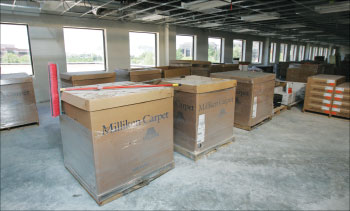
Photo 7. Material and Resources (MR). Recycled Content and Regional Materials, Credits 4 and 5 respectively. Points are earned for recycled content and products used within 500 miles of the site. On this Gold project, more than 20% of the total building materials content, by value, was manufactured using recycled materials, earning a total of two points. Two points were also earned by showing that more than 20% of the total building materials’ value was comprised of building materials and/or products extracted, harvested or recovered, as well as manufactured within 500 miles of the project site. The team could have achieved even more points if further details would have been supplied related to the bar joists, steel decking, aluminum entry framing/windows, fiberglass building insulation, vinyl tile and carpeting. On many projects, decisions are made as to just how far the team goes to achieve points. Limits can be drawn, but there is always the opportunity to revisit and go for a higher level of certification.
A sustainable building requires policies for responsible construction and materials selection as well as effective waste management. The products you bring on site could impact the goals of the project. Your actions at the job site can impact the storage and collection of recyclables. There will be easily accessible dedicated area(s) for the collection and storage of materials for recycling for the entire building. The focus will be on collected paper, corrugated cardboard, glass, plastics and metals as a minimum. You cannot use these designated areas to discard general garbage like lunch bags and other non-recyclable items. Doing so could contaminate and compromise the activities. Minimize the material brought to the job site. As an inspector, your equipment at site should be minimal but as you walk through the job site, dig around the electrical gear and structure, you will want to make sure your footprint at the site is not noticeable after you are gone. Other trades may have to bring products such as adhesives to site and they must have a better handle on what can or cannot be used. Adhesives and sealants that may be brought into the space should be reviewed closely. All adhesives and sealants used on the interior of the building must comply with certain requirements. There are volatile organic compound (VOC) limits that cannot be exceeded. Aerosol adhesives must comply with green seal standard for commercial adhesives, GS-36. These details are important. The less you have to worry about it, the better. Think before you get on site. Bring only what you need.

Photo 8. Material and Resources (MR). Collection of Recyclables and Construction Waste Management, Prerequisite 1 and Credit 2 respectively. LEED includes those activities that must be achieved, prerequisites, without which LEED certification cannot be achieved. Any scrap onsite must be dealt with appropriately. Here buckets are used to capture leftover conductors for recycling. This construction site showed that almost 5000 tons of onsite-generated construction waste was diverted from the landfill. The prerequisite required that appropriately sized dedicated areas for the collection and storage of recycling materials, including cardboard, paper, plastic, glass, and metals were proved. These areas are highlighted at the job site. On any LEED project site, you must only discard those highlighted materials in the correct locations. Contaminated recycling areas jeopardize the project goals. While you are onsite, you and your team must be aware of these areas and of the rules associated with construction waste management.
Closing Remarks
At some point in time you will be called to work on a LEED or similar project. It is important to know as much as you can about the process that the owner and project team are implementing. This can help to ensure a good experience as you interface with the job site. If you are involved with a project like this in any way, the more you understand the goals and objectives of the project the more value you will add. Make sure that you are a part of the team and have the customer’s goals in mind. For additional information, visit the USGBC website athttp://www.usgbc.org








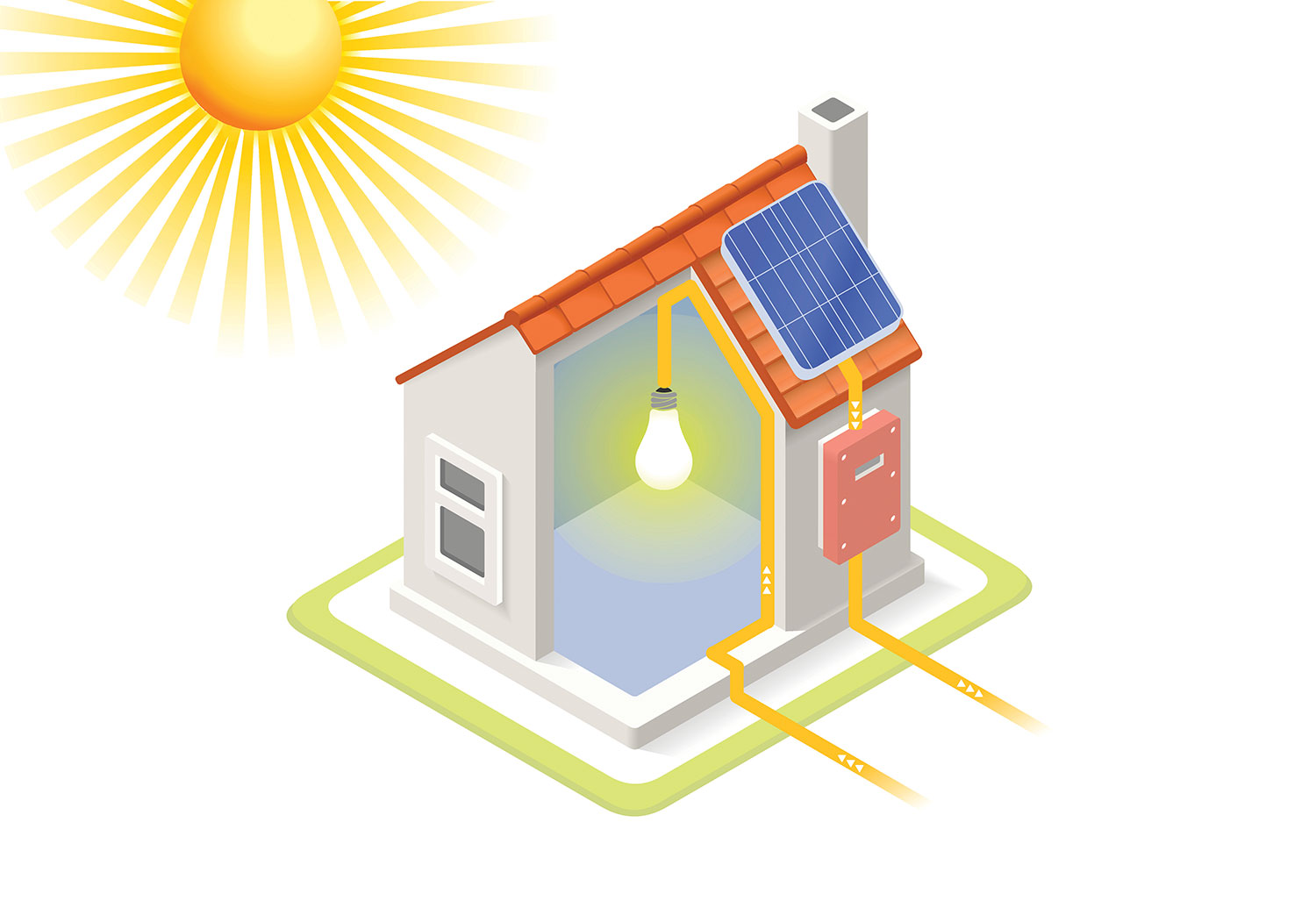
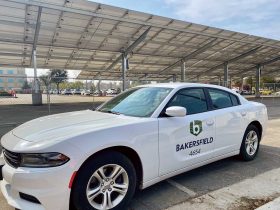
Find Us on Socials